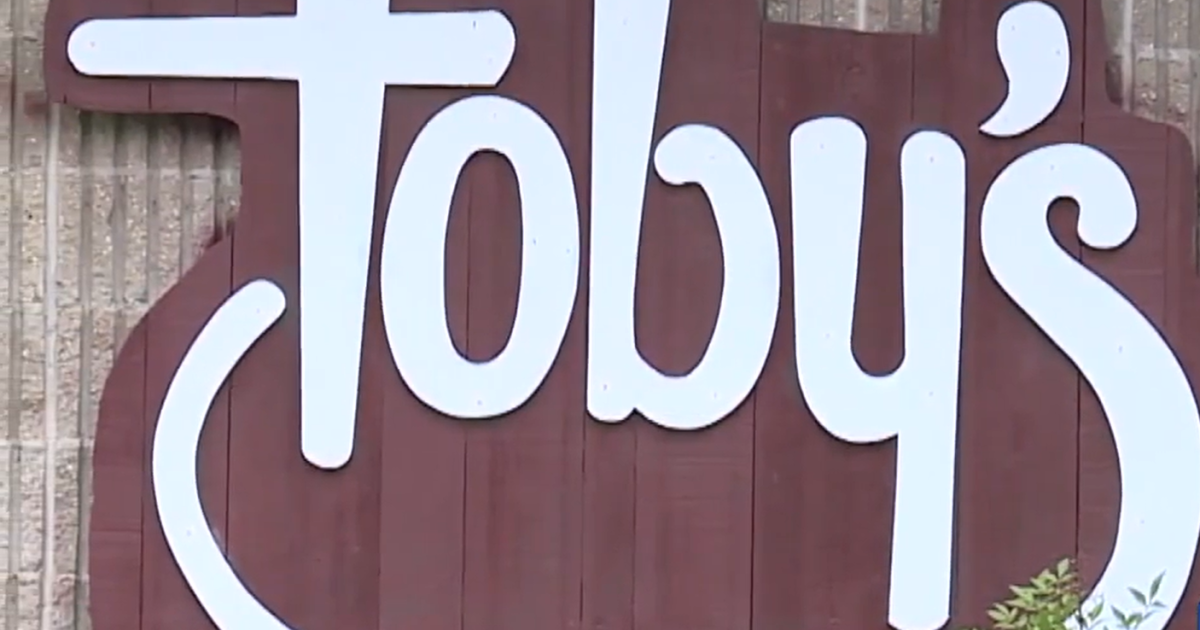Dr. Roy Casagranda tells how Coca-Cola created the Santa Claus and made the Christmas celebration so common.
Did you know that Coca-Cola played a significant role in shaping the modern image of Santa Claus and popularizing the celebration of Christmas as we know it today? While Santa Claus is a figure with deep historical roots, the contemporary version we recognize—jolly, rotund, and dressed in a red suit—was largely popularized through Coca-Cola’s advertising campaigns in the 20th century.
Before Coca-Cola’s involvement, Santa Claus had various depictions, influenced by Saint Nicholas, a 4th-century Greek bishop known for his generosity, and Father Christmas, a figure from British folklore. Early illustrations of Santa varied widely, showing him as everything from a tall, gaunt figure to a mischievous elf-like character.
In the 1930s, Coca-Cola sought to boost its winter sales and launched a series of advertisements featuring Santa Claus. They commissioned illustrator Haddon Sundblom to create a series of images depicting Santa. Sundblom’s portrayal was influenced by Clement Clarke Moore’s 1822 poem “A Visit from St. Nicholas” and Thomas Nast’s 19th-century illustrations, but he added his own unique touches. Sundblom’s Santa was depicted as a jolly, plump, grandfatherly figure with rosy cheeks, a white beard, twinkling eyes, and a red suit with white fur trim, embodying the spirit of generosity and joy associated with Christmas.
Coca-Cola’s widespread advertising campaign helped cement this version of Santa Claus in popular culture. The ads were featured in magazines, billboards, and store displays, reaching a vast audience and becoming a quintessential part of American holiday imagery. Sundblom continued to paint Santa for Coca-Cola for more than three decades, further entrenching this image in the public consciousness.
Coca-Cola’s advertisements contributed to the commercialization of Christmas, making it a significant cultural and economic event. As Coca-Cola’s influence spread internationally, so did Sundblom’s image of Santa, making it a global symbol of Christmas. The ads emphasized themes of family, togetherness, and festive cheer, reinforcing these aspects as central to Christmas celebrations.
Today, the image of Santa Claus created by Coca-Cola is ubiquitous during the holiday season. While the celebration of Christmas has historical and religious significance, Coca-Cola’s marketing efforts undeniably shaped the modern, secular, and commercial aspects of the holiday, making Santa Claus a central figure in Christmas festivities around the world.
Coca-Cola’s role in popularizing Santa Claus and modern Christmas celebrations is a prime example of how corporate marketing can influence and shape cultural traditions, leaving a lasting impact on how holidays are celebrated globally.
Don’t forget to follow us on Instagram – @financian_
https://www.instagram.com/financian_/
Don’t forget to follow us on TikTok – @financian_
https://www.tiktok.com/@financian_
#short #shorts









![Small businesses help revitalize San Bernardino NBC Los Angeles [Video]](https://corporatemarketingready.com/wp-content/uploads/2024/11/mp_383060_0_KNBC100000057745468jpg.jpg)

![The Importance of Preparation in Marketing [Video]](https://corporatemarketingready.com/wp-content/uploads/2024/11/mp_382744_0_0jpg.jpg)

